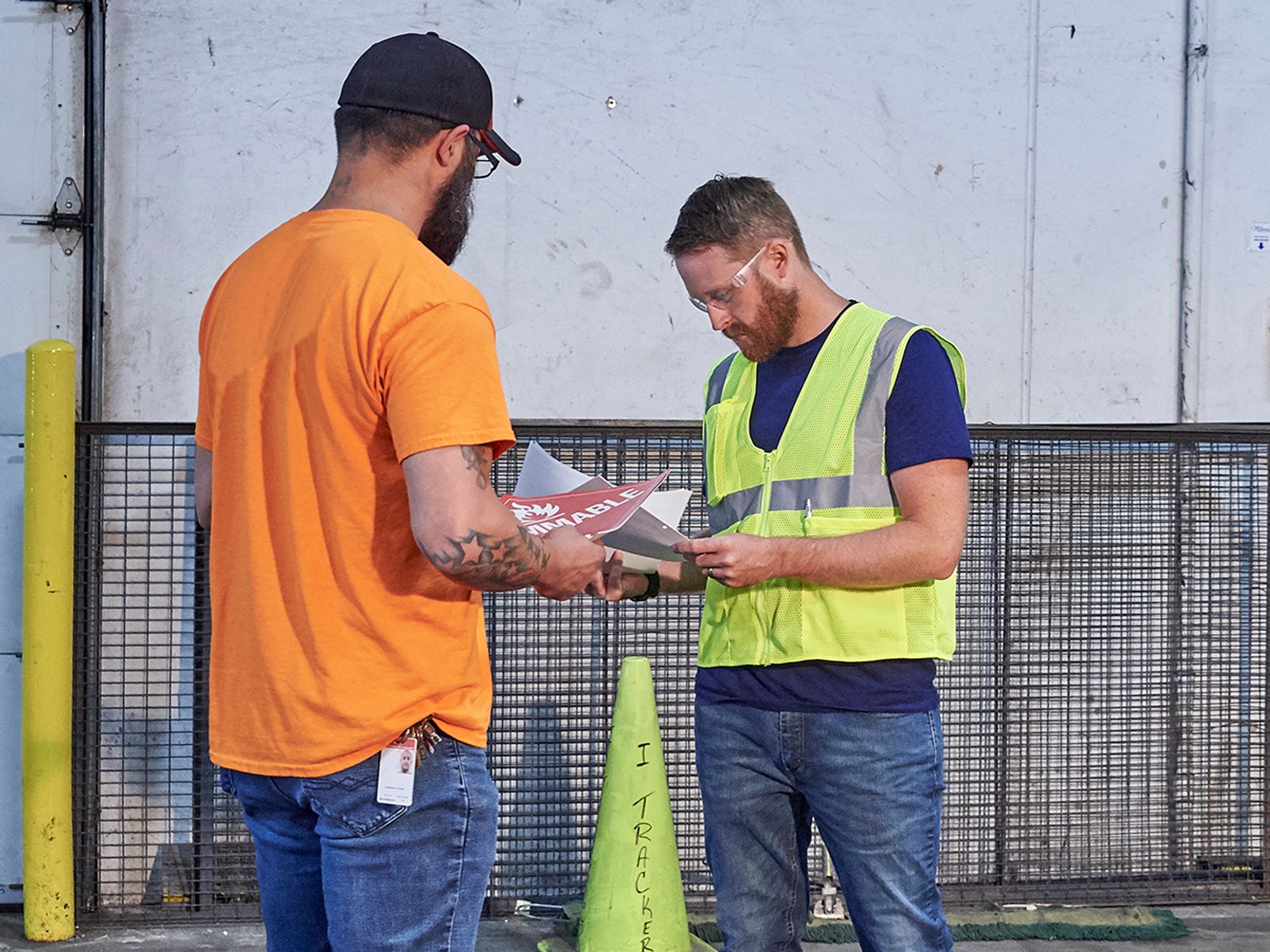Shipper’s load and count (SL&C)

- In the event of damage to goods in transit, either the carrier or the shipper can be held liable depending on the scenario.
A significant responsibility in reducing claims is correctly signing the bill of lading when a driver is picking up a pre-loaded or “spotted” trailer. Drivers often have to sign a bill of lading contract when they have been unable to witness the freight being loaded. In this situation, the driver assumes the trailer contains the freight exactly as shown on the bill of lading, including the amount and condition of the freight. The driver also assumes that the freight is properly and securely loaded for transportation.
If, at this point, the driver signs the bill of lading and leaves with the load, the carrier becomes liable for any damaged or missing freight upon delivery. This is a risk for the carrier since the driver has no way of knowing what was loaded on the trailer or the condition of the freight. If the shipper loaded damaged goods or fewer pieces than the bill of lading shows, it will be up to the carrier to prove the damage or loss happened during the loading of the shipment and, therefore, is the fault of the shipper.
In some situations, the driver is able to look inside a shipper-loaded trailer and see that the goods are not loaded properly and could be damaged while in transit. Because the defective loading was clearly visible to the driver, using the shipper’s load and count (SL&C) notation will not make a difference because the driver could have prevented the damage by having the shipment re-loaded or simply refusing to sign for the load.
On the other hand, if the driver was unable to see inside the trailer due to the trailer doors being locked or sealed, the SL&C notation should be noted on the bill of lading. When improper loading is not visible, the carrier cannot be held liable for resulting damage.
While the carrier is still liable for the goods in transit, once SL&C has been noted on a bill of lading, it becomes the shipper’s task to prove the carrier is liable for damaged or missing freight.
Correctly signing for a shipper loaded trailer can mean real dollar savings, while improperly signing the bill of lading can mean real dollar losses for the carrier.
However, if the driver would have noted “shipper’s load and count” or SL&C on the bill of lading, and loss or damage is found at the time of delivery, the shipper would have to prove it occurred during transit and not during the loading of the shipment.
Compliance Issue
49 United States Code (USC) Liability for Improper Loading. A common carrier issuing a bill of lading is not liable for damages caused by improper loading if:
- The shipper loads the goods; and
- The bill contains the words “shipper’s weight, load, and count,” or similar words indicating the shipper loaded the goods. (80113(c))
